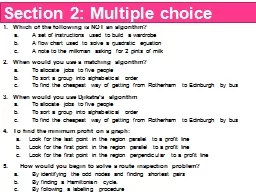PPT-What did I google to find this picture?
Author : lindy-dunigan | Published Date : 2018-10-14
Philosophy Of Mind The philosophy of mind is the study of mental states events functions consciousness and the nature of the mind Who am I What does I mean Are we
Presentation Embed Code
Download Presentation
Download Presentation The PPT/PDF document "What did I google to find this picture?" is the property of its rightful owner. Permission is granted to download and print the materials on this website for personal, non-commercial use only, and to display it on your personal computer provided you do not modify the materials and that you retain all copyright notices contained in the materials. By downloading content from our website, you accept the terms of this agreement.
What did I google to find this picture?: Transcript
Download Rules Of Document
"What did I google to find this picture?"The content belongs to its owner. You may download and print it for personal use, without modification, and keep all copyright notices. By downloading, you agree to these terms.
Related Documents














